7 Simple Tips to Make Your Home More Green
When it comes to the environment, being a responsible global citizen starts at home. Making your home more earth friendly doesn’t have to mean starting completely over. From recycling to using alternative cleaning materials, minor changes at home can add up to real benefits for the planet, not to mention your own health and happiness, and save you money while you’re at it. If you’re looking for ways you can reduce your carbon footprint, check out these 7 Simple Tips to Make Your Home More Green.
1. Install a Programmable Thermostat
One of the easiest ways to make your home more environmentally friendly, save energy and cut utility bills is to install a programmable thermostat. After all, it’s estimated that over half of your energy bill can go toward heating and cooling your home. Energy companies suggest setting your thermostat to 68 degrees in the winter and 78 degrees in warm months. You can also program temperatures around your schedule to save even more on your energy bill.
2. Implement Proactive Landscaping
Smart landscaping can make your home more energy efficient by providing shade in the summer and insulation in the winter. To gain the greatest benefits, the U.S. Environmental Protection Agency suggests planting trees that lose their leaves on the western and southern sides of your home. In the summer, the trees will provide shade and block infrared radiation, keeping your house cooler. In the winter, when the trees lose their leaves, they will allow more sunlight to reach the windows and warm your home.
By planting trees native to your area, they will thrive in your city’s environment and help support the wildlife around your home. Additionally, natural landscaping can help save money on the cost of lawn care, since it requires less water and maintenance, adding up to an average savings of $700 per year.
3. Clean Green
Stop buying household cleaners that are potentially toxic to both your family and the environment. Check labels for specific, eco-friendly ingredients that also get the job done. These include grain alcohol instead of toxic butyl Cellosolve, commonly found in carpet cleaner and some window cleaners. Coconut or other plant oils can replace petroleum in detergents.
Look for plant-oil disinfectants like eucalyptus, rosemary or sage instead of Triclosan, an antifungal agent found in soaps and deodorant. You can also skip buying cleaning products from the store and make your own instead. By using simple ingredients such as plain soap, water, baking soda, vinegar, washing soda, lemon juice and borax, you’ll help save the environment and money at the same time.
4. Slow the Flow
Another way to make your home more green by conserving water is to add low-flow features to toilets, faucets and showerheads. Toilets are the best place to start because they use approximately 26 percent of the water in your home. Today’s industry standard for toilets is 1.6 gallons per flush (gpf). If you’re updating an old home, you will see big savings compared to older toilets that use as much as 3.5 gpf. There’s even more room for water savings when installing toilets if you go with a high-efficiency toilet which uses as little as 1.28 gpf. This can add up to a savings of 3,000 gallons of water per toilet each year.
5. Insulate
Proper insulation can have a big impact on your home’s energy efficiency. As mentioned above, heating and cooling can account for over half of a home’s energy consumption. Proper insulation will ensure that expensive energy that’s heating and cooling your home isn’t escaping out the windows or through the roof. There are plenty of green choices in modern insulation; recycled materials like old newspapers, denim, wool and hemp are now being used as replacements and improvements over fiberglass. To make your home even more of an insulated fortress, you may want to upgrade your weather stripping and sealant around the doors and windows.
6. Recycle
When it comes to making your home more green, recycling is kind of a no-brainer; but according to the EPA, the national recycling rate is just 30 percent. If material recycling increased in the United States to 60 percent, it could save the equivalent of 315 million barrels of oil per year. Home recycling requires almost no extra amount of time, yet offers significant benefits to you as a homeowner as well as the environment. To make recycling more attractive many communities offer curbside and drop-off programs. However, due to the rising cost of recycling over the last couple years, some cities have cancelled or reduced their recycling services. If you’re in one of these cities, you can take your materials to an independent recycling center or a business that accepts outside recyclable materials. The website Earth 911 has a handy search tool where you can enter your zip code to find places near you that accept recycling. The tool also lists the type of recyclable materials each business or organization accepts.
7. Switch to LED light bulbs
LED and compact fluorescent lamps (CFLs) offer huge energy and cost savings over regular incandescent bulbs. Both options cost more upfront, but they produce less heat, use less energy and last much longer than traditional light bulbs, making them ideal for your home’s green lighting options. CFLs cost about $2 more per bulb than the incandescent variety, but offer an overall cost savings of more than $60 per bulb when compared to a 100-watt incandescent bulb.
Simple changes in the way you live can put you on the track toward reducing your carbon footprint. These earth-friendly ideas are a great place to start if you’ve been putting off living a green lifestyle. If you feel overwhelmed, start with just one thing, whether it’s swapping out an old light bulb or planting a tree. Simple things can lead to great rewards for the earth and your wallet. Which of these 7 Simple Tips to Make Your Home More Green would you start with? Did we leave out a tip that you’d add to our list? If you’re thinking of taking a more extreme approach to saving the environment, check out these six reasons why homeowners should go solar!

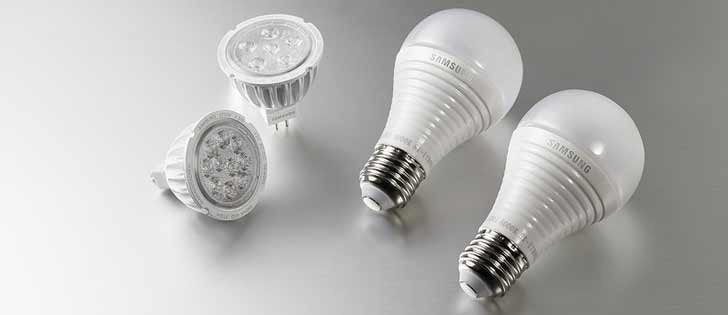
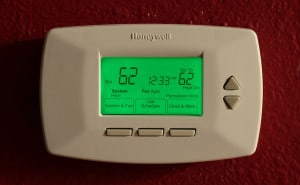
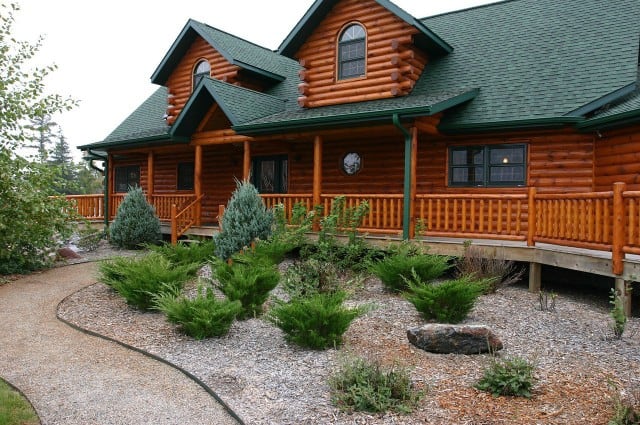
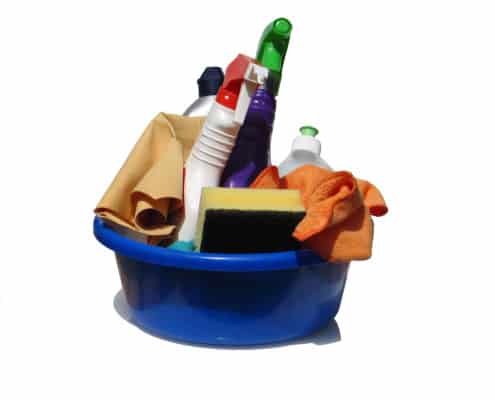
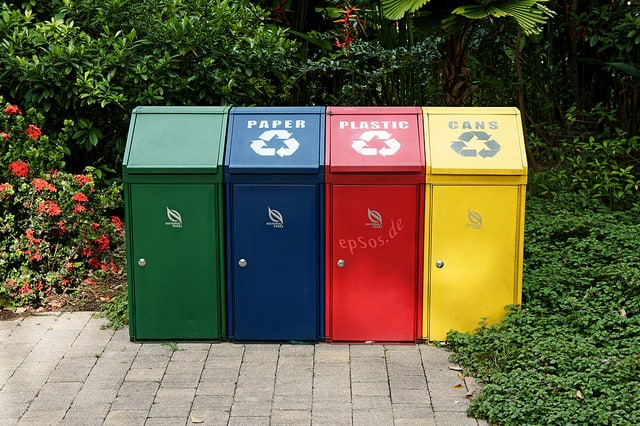
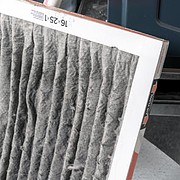

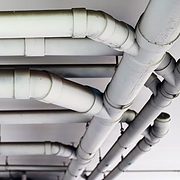
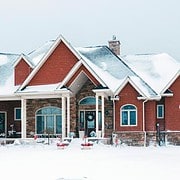
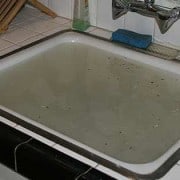






Thanks for these tips to save energy. I’m glad that you mentioned that you should recycle, and that recycling more can save about 315 million barrels of oil. Knowing this, I’m kind of interested to learn more about what materials can be recycled, or if it should be organized in a way that can save a lot of time for the recycling company.